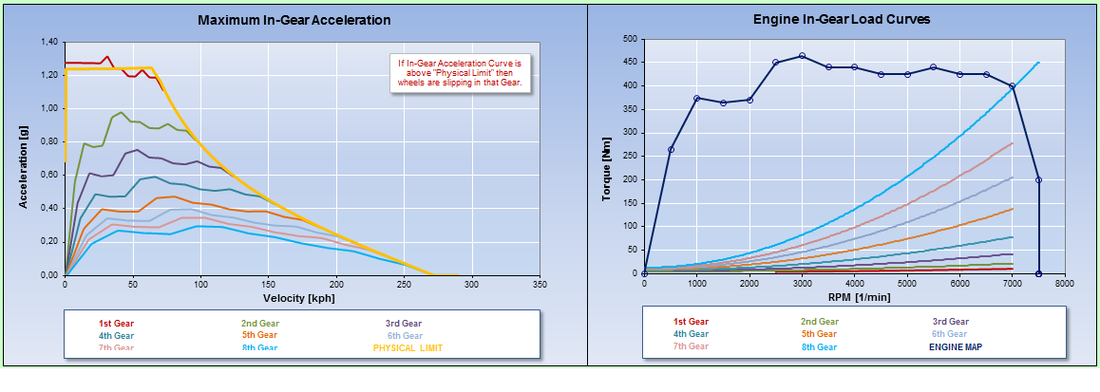and with a gear change joker available for 2022, a lot of monitoring and repeat work would have been on the cards. Busy with life got on the way, it happens.
On the other side, this year we have seen an explosion of fans extracting and analyzing telemetry data, so… are there any gearing analyses already done? If yes, paste links below, please!
I also wanted to start this thread to further discuss a point raised by Wazari in the Honda PU thread but by no means exclusive to that PU or those teams:
viewtopic.php?p=1065391#p1065391
My point was that gears overlap enough as to no matter but I had this straight line drag race from 100km/h to 300 km/h in mind. The way those 100 RPM get described there make me think that it is more about not shifting into the wrong gear in that mid speed corner combination there, which is a bit different, more tactical than strategical, in a way, very situation specific.Wazari wrote: ↑04 Jun 2022, 19:08A few hundredth's here and there can add up especially at tracks like Montreal, Bahrain and Singapore.
Is that right? Is that all there is to it? If that is the case, optimizations will remain opaque to us “normal” fans.
And anyway again, going to my favorite philosophical conundrum: If a few changes by 100RPM can be worth up to two tenths, say 1 tenth in most circuits… how likely are all teams to have gotten it correct before porpoising changed their aero maps and the first PU adjustments changed the power curves?
So, let’s assume a few teams are losing a tenth to wrong gearing… when do you adjust it? If the problem is small enough maybe the optimum is to run two different gearings in two different circuit sets.
So, do you adjust gearing…
Now that setups and power delivery are more well understood?
To adjust to the sucession of fast tracks later in the season, say, after Hungary?
For the last race in Singapore specifically?
Never (in 2014 some teams never adjusted anything, others adjusted only 1st gear).
Or maybe they are, mostly, not that far from optimal and hence there is no need to adjust?

